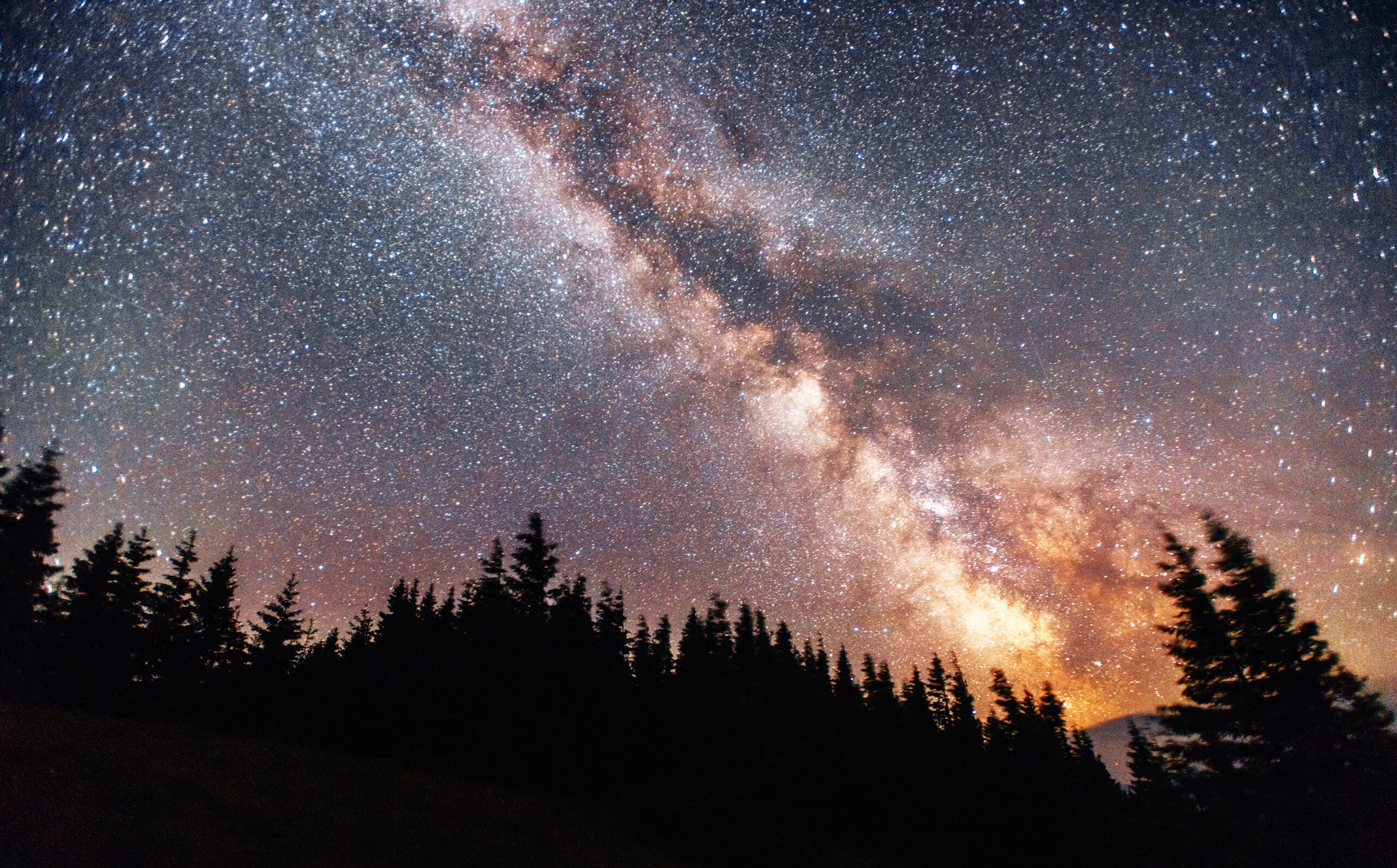Astrophotography, the art of capturing the beauty of celestial bodies and phenomena, invites both amateurs and seasoned photographers to explore the night sky like never before. Whether you’re intrigued by the vastness of galaxies or the intricate details of nebulae, mastering astrophotography can be an incredibly rewarding endeavor. For those eager to learn, there are essential astrophotography tips and techniques that can transform ordinary stargazing into extraordinary images. From understanding how to capture astrophotography in various light conditions to selecting the best astrophotography equipment, there’s a wealth of information available. If you’re a beginner, don’t be daunted—astrophotography offers endless opportunities for discovery and creativity under the stars.
Celestial photography, commonly referred to as astrophotography, encompasses the breathtaking endeavor of visualizing our universe through a camera lens. This fascinating field not only allows enthusiasts to document cosmic wonders but also invites newcomers to hone their skills through helpful astrophotography tips and refined techniques. By learning how to effectively capture celestial imagery, aspiring astrophotographers can achieve striking results with the right knowledge and equipment. For those just starting out in the world of night sky photography, a variety of resources are available to guide them as they embark on their cosmic journey. This combination of technology and artistry promises an exhilarating exploration of the stars.
The Basics of Astrophotography for Beginners
Astrophotography is the art and science of capturing images of celestial objects. For beginners, understanding the fundamental techniques is crucial for successful captures. Key to starting out is learning about exposure settings, as astrophotography often involves long exposure times to capture the faint light from distant stars and galaxies. Additionally, using a tripod or a mount capable of tracking the movement of celestial bodies is essential to avoid blurriness caused by Earth’s rotation.
Incorporating practices such as stacking images can greatly enhance the quality of astrophotos. This technique involves capturing multiple images and combining them to reduce noise, thereby increasing detail clarity. Moreover, beginners should familiarize themselves with the types of astrophotography, such as wide-field and deep-sky photography, to focus their efforts and select appropriate equipment accordingly.
Frequently Asked Questions
What are some essential astrophotography tips for beginners?
For beginners in astrophotography, it’s crucial to select the right time and location with minimal light pollution, use a sturdy tripod, and invest in a good camera and lens. Additionally, familiarize yourself with camera settings for long exposure photography and consider using a tracking mount to capture celestial objects with greater detail.
What techniques are best for capturing astrophotography?
To achieve stunning astrophotography shots, employ techniques such as stacking multiple images to reduce noise, using long exposure times to capture faint light, and focusing on specific celestial objects to improve clarity. Manual focusing and experimenting with different apertures also enhance your astrophotography results.
How do I get started with astrophotography for beginners?
To start astrophotography as a beginner, choose a simple camera setup—like a DSLR or mirrorless camera with a wide-angle lens. Learn to use manual mode for exposure settings, practice shooting in low-light conditions, and explore online resources and communities for tips and support as you experiment with capturing the night sky.
What is the best astrophotography equipment for amateurs?
The best astrophotography equipment for amateurs includes a DSLR or mirrorless camera, a sturdy tripod, a fast prime lens (such as a 50mm f/1.8), and a star tracker or mount for long exposures. As you progress, you may consider upgrading to dedicated astrophotography gear, such as a telescope or specialized camera.
What should I know about astrophotography techniques for capturing the Milky Way?
To effectively capture the Milky Way in your astrophotography, scout for locations with dark skies and minimal light pollution. Use a wide-angle lens with a large aperture, set your camera to manual mode, and practice with longer exposure times to bring out the details of the Milky Way while keeping ISO levels balanced to minimize noise.
| Key Point | Details |
|---|---|
| Introduction of Mike Hawkins | Mike Hawkins is a photographer from New Mexico, passionate about astrophotography. |
| Photography Journey | He has been involved in photography for nearly 20 years and enjoys documenting life through his lens. |
| Astrophotography Style | Mike specializes in astrophotography, capturing celestial objects like the Lagoon and Trifid Nebula. |
| Photo Location & Timing | The photo was taken in his backyard in Taos, NM, during late summer under dark Bortle 3 skies. |
| Equipment Used | Uses a Celestron CGEM Mount, Nikon lens, and Sony camera along with astrophotography software. |
| Learning Process | Mike taught himself the nuances of astrophotography during the COVID pandemic, enhancing his skills. |
| Editing Techniques | The photo required significant processing for quality, emphasizing data acquisition and manipulation. |
| Community Engagement | Mike shares his work on Flickr and invites feedback from the astrophotography community. |
| Inspiration for Viewers | He hopes to inspire interest in space and the night sky through his astrophotography. |
Summary
Astrophotography is not just capturing beautiful images of celestial bodies; it’s a deep exploration of our universe. Mike Hawkins exemplifies this passion through his stunning photography of the Lagoon and Trifid Nebulae, showcasing his journey from casual photographer to a dedicated astrophotographer. His commitment to learning and sharing his craft inspires others to look up and appreciate the wonders of the night sky. Engaging with platforms like Flickr allows him to connect with fellow photographers, further enriching his experience and passion for astrophotography.
